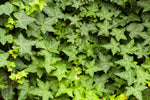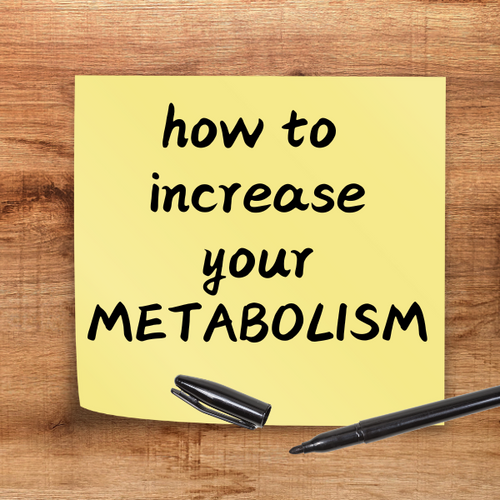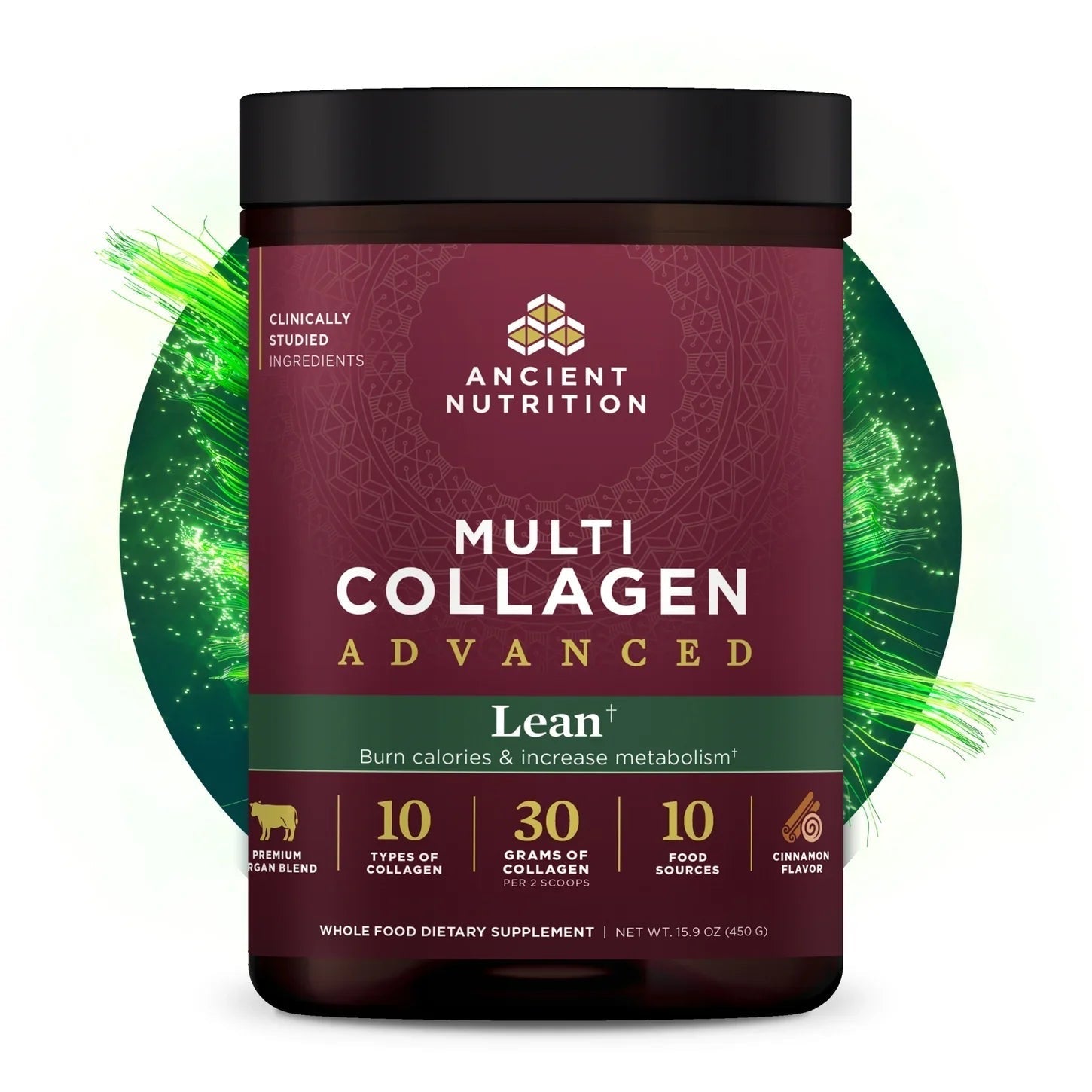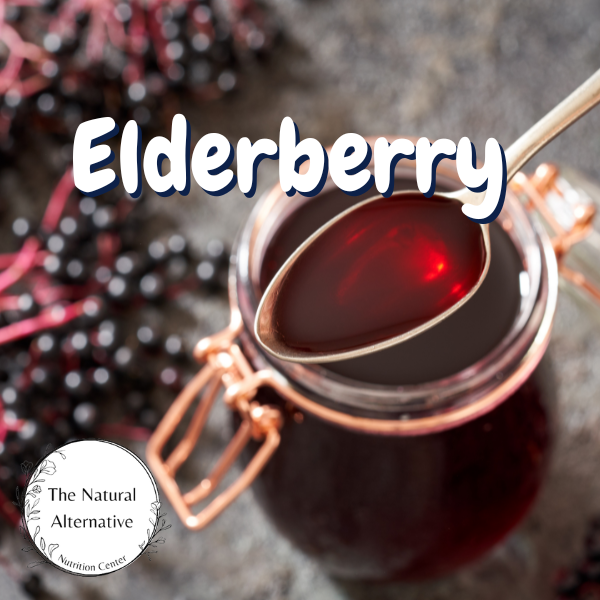
English Ivy Herb
, 2 min reading time

, 2 min reading time
Hedera helix, commonly known as English ivy is an evergreen and perennial woody climbing vine that is often seen in the landscape as a groundcover. It is a member of the Araliaceae family (Ginseng is also a member of this family). It is native to Europe, Northern Europe, and Eastern Russia. English ivy is widely distributed in North America since being introduced. It is most often found in disturbed urban areas and can expand its reach into native forests due to its aggressive nature if not properly managed. English ivy is hardy and thrives in full to partial shade and can tolerate various soil environments. The smooth and shiny leaves often contain 3 lobes, but there can be variation in the leaf morphology. The leaves are described as bitter and astringent. Traditionally, English ivy was considered sacred in Egyptian and Grecian cultures and was used for adornments (particularly for statues) or ornamental purposes. Ivy wreaths were symbolic of fidelity and were often presented as gifts for special occasions. It is said that it excited botanists, perhaps due to its unique aerial root system that uses other plants for support rather than nutrition. In the Hippocratic Corpus, English ivy is documented for a plethora of uses, both internally and externally.
What is English Ivy Used For?
Hedera helix is most used as an ingredient in syrups designed to address acute respiratory challenges. Clinical data shows English ivy as a therapeutic for respiratory challenges that are accompanied by an occasional dry cough. Much of the literature examines the use of English ivy in pediatric applications, speaking to the safety of the herb. While data regarding the safety in children has been collected, much research is still warranted to determine English ivy’s exact mechanism of action.
Traditional Health Benefits of English Ivy
Active Constituents of English Ivy
Flavonoid glycosides, phenolic acids, polyacetylenes, saponins (through the drying process, saponin α-hederin can form from hederacoside C), and essential oils. Standardization and/or quantification of α-hederin has yet to be performed, but the saponins are recognized in the literature as the drivers of English ivy’s efficacy.
Parts Used
Hydroethanolic extracts of English ivy leaves are now most used. The leaves, flowers, berries, and wood were traditionally used.
Important Precautions
Not for use during pregnancy or lactation. If you have a medical condition or take medications, please consult with your healthcare practitioner before use.
Disclaimer
This information in our Herbal Reference Guide is intended only as a general reference for further exploration, and is not a replacement for professional health advice. This content does not provide dosage information, format recommendations, toxicity levels, or possible interactions with prescription drugs. Accordingly, this information should be used only under the direct supervision of a qualified health practitioner such as a naturopathic physician.



